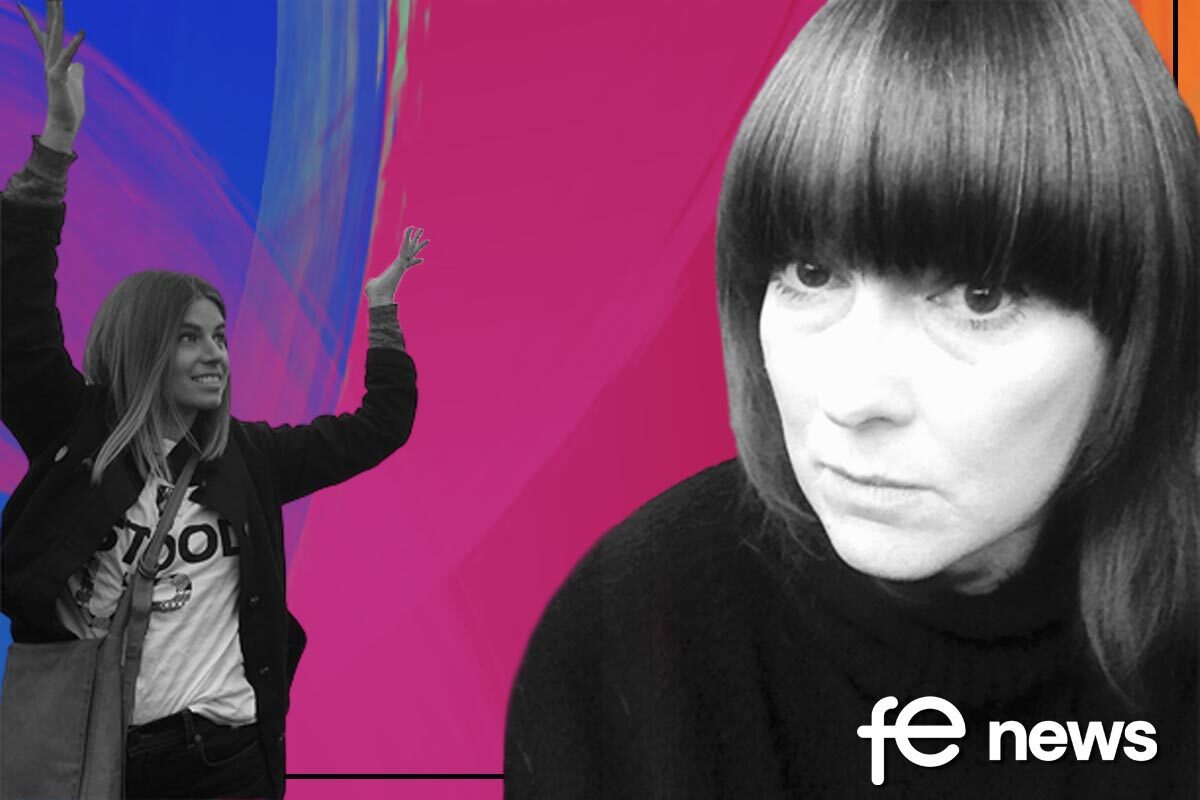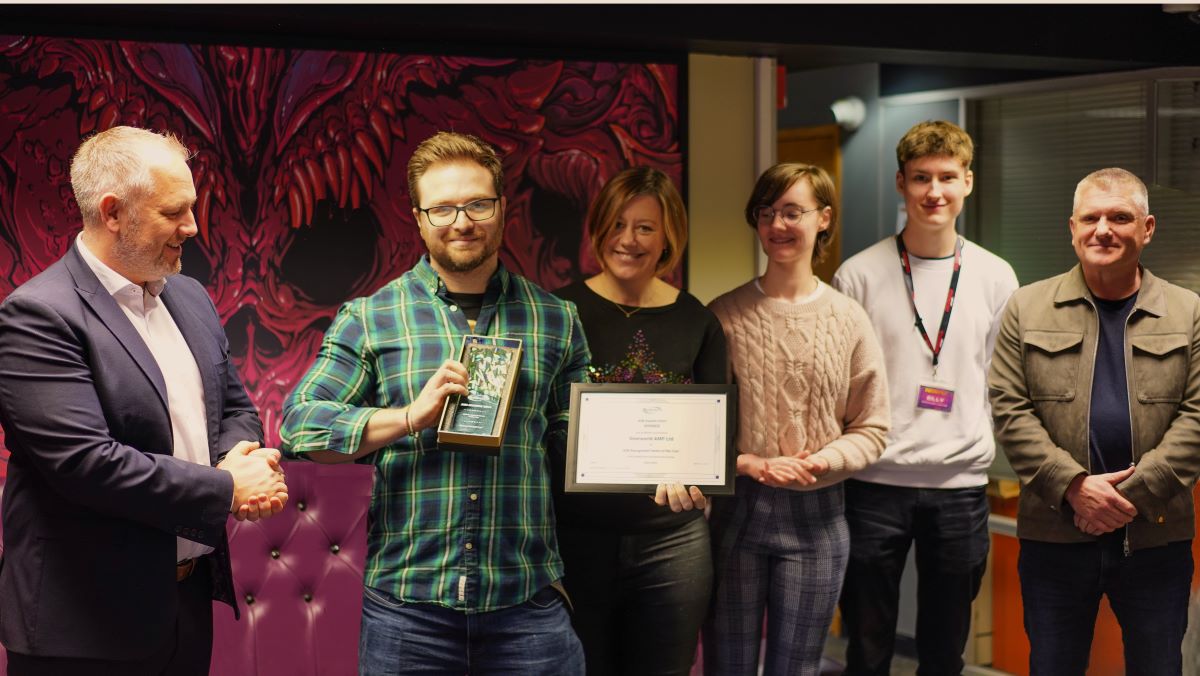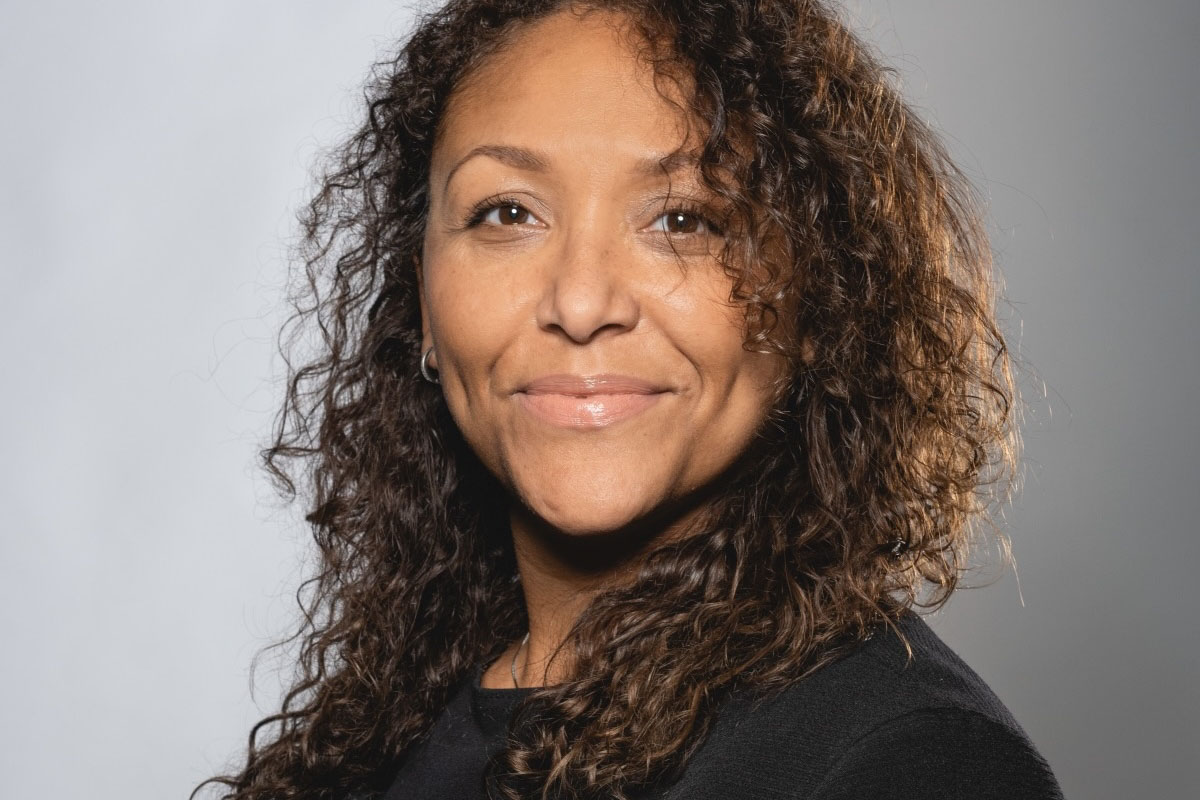Sustainable Fashion Practices in Creative Education: What now?

Interview by Justine Head Chief Examiner for Fashion Business and Retail at UAL Awarding Body, with Nina Stevenson, Education for Sustainability Leader for Centre for Sustainable Fashion at University of the Arts London
‘Sustainable fashion (also known as eco-fashion) is a movement and process of fostering change to fashion products and the fashion system towards greater ecological integrity and social justice.’
In the last decade the agenda guiding our notion of sustainability has evolved from a blurry concern to a subject of fundamental urgency. The fashion business industry alone is responsible for up to 10% of global greenhouse-gas emissions every year, and many clothing companies still face problems with labour conditions throughout their supply chains, including child labour, low wages, and health and safety hazards. As educators and individuals, our responsibility to this crisis should be to act quickly and respond in mindful ways using collaboration, invention, and innovation. But how exactly should we do that?
Using education as a starting point, we must find ways to inspire change and integrate relevant taught content, and develop new strategies for how we manage our resources and acknowledge the impact we have on the environment. University research centres, like the Centre for Sustainable Fashion (CSF) at UAL, are at the forefront of innovation in this area. Their insights provide a wealth of accessible information and resources for both students and tutors which we can learn from and bring to pre-degree education. In this interview, I had the opportunity to speak with Nina Stevenson – Education for Sustainability Leader at CSF, about her role in making a real difference across the Teaching and Learning landscape:
Justine: Can you tell me about the Centre for Sustainable Fashion and your role as Education for Sustainability Leader?
Nina: CSF is a Research Centre part of the University of the Arts London and located at London College of Fashion. When we are thinking about teaching and learning in fashion education we’re very closely aligned to the courses at London College of Fashion, and some of our work is far reaching across the whole of the university.
We like to try and intersect and connect with other disciplines other than fashion within the art and design sector. But what we are there to do, is to challenge the business of fashion and challenge the disciplines across fashion. We advocate for people and for nature through fashion, and we work towards transforming the fashion system to ensure that we’re placing the earth and human equity at the centre of everything that we do. In terms of education, we look at how we connect and collaborate with the educators across our provision to make sure that fashion and sustainability is at the core of how we support tutors. We are constantly thinking about fashion within the context of climate and social justice.
Justine: How can creative education make a difference what are the key takeaways from the last 18 months for future creatives?
Nina: Creative education challenges students to challenge the system and the business models that they see in the world around them. It encourages them to be critical and to point out where it’s not working, where we are failing, and to come up with new approaches that are inclusive and respectful of nature and of people.
When we’re designing educational programs, we need to equip students with some key mindsets and attributes that can help them navigate complex situations. I think since the pandemic, for the first time, we as a generation have had a first-hand experience of what it looks like when the world suddenly had to stop. We had to adapt and change and rewrite the rules. These shifts in behaviours and disruptions to the status quo are going to be happening more and more. So, for the generations that come after us it’s about being resilient, adaptable and flexible, critical and experimental. It’s also about being collaborative and resourceful – there’s no one person that can navigate this change and complexity on their own. We really need to be open and compassionate and willing to learn from each other.
Every first-year undergraduate student at London College of Fashion explores the foundational themes of sustainability, social responsibility and diversity, and applies them to the context of their subject specialism. During 2018/19, 1,826 first year undergraduate students and 58 members of staff have engaged in this unit. Justine: When pursuing a career in the fashion space, how do students remain sustainable and ethical in their practice?
Nina: Students need to understand that there’s no gold standard in terms of sustainability. We are all on a journey of figuring out what we value and what we don’t, what we want to see more of what we want to see less of. I think for a longtime people wanted to know “what is sustainability and how do I do it?”, “If I use these materials in my design, does that mean I’m sustainable fashion designer?” So, you might choose to look at the materials that you use, or you might choose to look at the design methods that you use, or you might choose to look at the people you employ. There’s so many different kinds of access points to thinking about your business model, practice, or your discipline in terms of sustainability.
I think what’s important is to acknowledge is that being ethical and sustainable is hard work. It’s a difficult choice to make, but it’s the purpose of our generation, isn’t it? To think about and to rewrite the way in which we do things, the way in which we live. Pursuing these values opens questions about everything you do, which is why dialogue is key. It’s important to have people around you that you can work with or alongside. Where you can figure out the difficult questions together, and learn from each other. This is where the collaboration comes in; the opportunity to co-learn and to make sure we’re not working in silos but that we’re collaborating across disciplines, skills, and crafts. This helps us to see the value across those different areas.
Justine: What do you think is key for students in terms of learning from nature to better inform future sustainable fashion practices?
Nina: Valuing values-based approaches. Historically, humanity cultivated a mindset which saw nature as a bank of resources for us to take from, and for humans to use to make themselves happier, wealthier, and more comfortable. We saw humans as being separate, or superior to nature. I think it’s that philosophy that has got us into the situation that we’re in today, we don’t take the role of the environment into account when we are thinking about what makes us happy or successful.
“Nature is the most experienced, most talented designer we can learn from and each one of us is a part of nature, so for us to thrive, we must ensure that nature thrives. Designing and developing product uses skills, including ingenuity and imagination, to improve a situation, but unless it improves life, it isn’t good design. By making our starting point good design we harness the ability to create meaningful change in the industry.”
Director of CSF, Professor Dilys Williams
Another key thing is to be able to spend time thinking about what our own personal and collective relationships are with nature. This is important but it’s also hard because we are products of our society. That’s why it’s interesting to connect and learn from others; there might be somebody in our local community who has a different opinion or a different experience, or who comes from a different part of the world, who can challenge what our own perspective is. For example, we can learn so much from indigenous people’s histories and wisdoms.
From a business perspective there have been initiatives that have tried to map nature back into business models. For example, the Kering Group some years ago produced something called the ‘Environmental Profit and Loss system’. It’s based on the premise of an economic profit and loss system and asks, “if we were to write a cheque to nature for everything that we’ve taken from nature, how much would it cost?” This system gave the Kering Group a tool to go back to their shareholders and their board and say, “look, this is how much we owe nature, because we’ve been exploiting it”.
These initiatives are where we need to invest, in conservation programs or regeneration programs, to minimize harm and to be able to create positive impact moving forwards. There are technical and mechanistic ways to address these types of issues through business and through fashion practice, but I think fundamentally it’s about defining our own values and what’s important to us. We can make change redefine the narrative.
Justine: What is next for Centre for Sustainable Fashion?
Nina: In the short term we are invested in working to ensure that education at UAL is continuing to contextualize its work through climate and social justice. On a practical level, that’s rewriting learning outcomes and assessment tools and course descriptors. But in addition to this, there’s work to be done on creating a culture of understanding how creativity can empower us to create new practices for a new world.
We’re also continuing to work with industry through our annual challenge Fashion Values, where we engage with partners Kering, Vogue Business and IBM to create a forum for debate and dialogue around the big issues in relation to fashion and sustainability. There is lots of interesting and exciting events happening in relation to that over the next year or so where we can learn from each other, mostly in online spaces. We also have some more online courses that are coming up on Future Learn that look at Fashion Values through lenses of economy, nature, society, and cultures.
How can we address sustainability in Further Education?
As educators and individuals, we must support emerging generations of students across the creative arts by fully equipping them to become real changemakers.
At UAL Awarding Body, our qualifications offer a flexible model where sustainable and ethical practices can easily be explored through project concepts, contextual references, research methods, problem solving questions and innovation of final project ideas. Students are supported in an environment where they can challenge and innovate through social, ethical and sustainable ideas and ideals.
Some ideas for how teachers of creative subjects can encourage sustainable principles in learning are:
- Set projects with sustainable practices at the core and normalise these to encourage authentic student responses.
- Challenge students to think about material journey when designing a product, to build circularity into the design process.
- Inspire students to connect to the value of technology and how it can be creatively used to enhance the design and production processes to be more sustainable and reduce waste materials.
- Encourage students to develop authentic design concepts with sustainable and ethical considerations.
- Encourage students to prioritise resources, and create more from less when designing products.
Through the acknowledgment and teaching of real sustainable, ethical, and social practices, we can send our graduates into the world with a realigned sense of purpose and responsibility. Learning from the mistakes of the past to reform the fashion landscapes for the future.
Other ways of contributing at a practical individual level include:
- Reduce washes and improve care of your garments (e.g. use cold washing machine setting), and avoid using tumble drier whenever possible.
- Buy second-hand or upcycled items
- Recycle with trusted providers
- Buy consciously – try to avoid returning garments
- Prolongate your items life – repair or upcycle whenever possible
- Do your research – buy from responsible and sustainable brands
- Take advantage of rental services (subscription or one-time rentals).
Justine Head is Chief Examiner for Fashion Business and Retail at the UAL Awarding Body. She is an experienced educator and expert in the planning, delivery, and assessment of Fashion Business and Retail in further education. Justine has worked extensively across the creative education sector at all levels and has a background in Fashion and Textiles.
Resources:











Responses